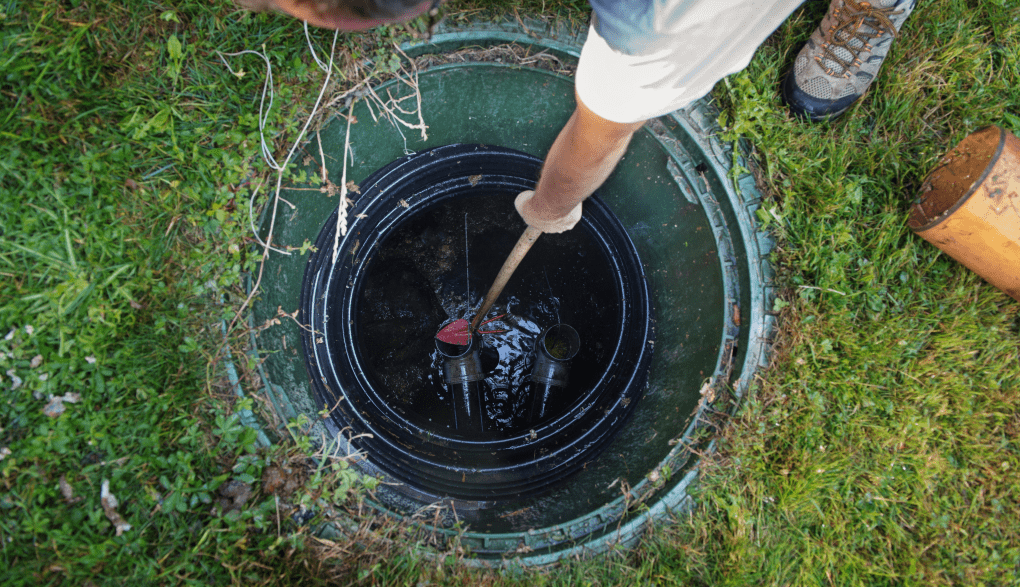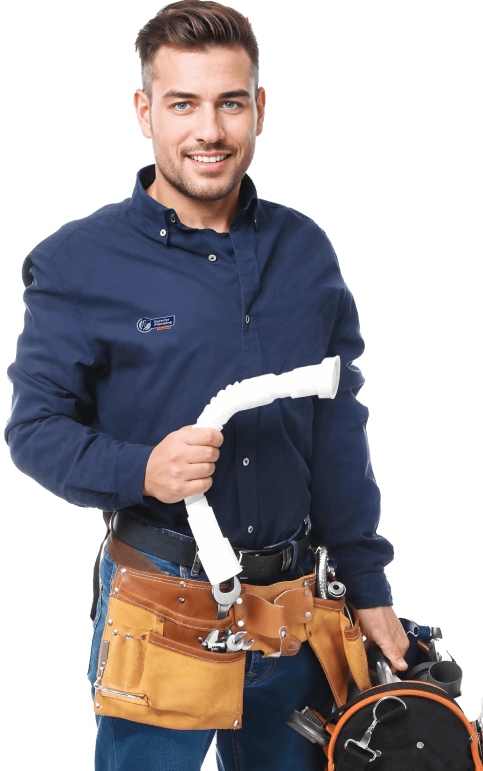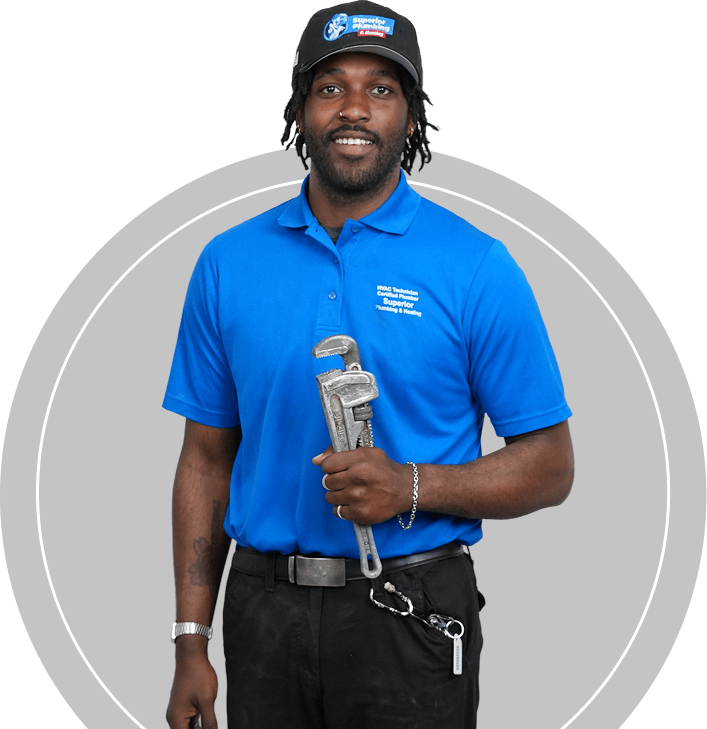Septic tank backs up – the most common problems & cleanup
A septic tank appears to be the only acceptable solution for rural area dwellers to treat their sewage properly. In the past, sewage was not treated in the outhouses, or cesspools that were used did not effectively remove harmful and disease-causing pathogens. Organisms, bacteria viruses, protozoa, and worms can all be present in domestic wastewater and septic systems and can cause diseases such as hepatitis, cholera, diarrhea, and other gastrointestinal illnesses.
In modern times rules and regulations have been established on how to properly dispose of sewage when not connected to a wastewater treatment facility or sewer. A home’s best long-term option is a septic system. Clearly, it’s essential to make sure your septic system works appropriately. But what to do if it’s not and how to disclose the problem?
Septic tank drain line clogged
Sewage is all the wastewater that comes from your house – your toilet, your dishwasher, and washing machine, sink and shower drain, and all the solids and waste that come with it. Up to fifty percent of domestic sewage is created by your clothes washer and toilet. Your dishwasher produces three percent, while your bath, shower and sink faucets produce the remaining percent. All this wastewater exits your house and enters your septic system. By the way, rainwater, surface water, and groundwater are not considered sewage.
So, in a properly working septic, the sewage goes from your house to the outside. But If the wastewater starts to return backward, there might be a clog or some obstruction in your drainage system. There is an easy way to check whether you face a backup at the moment – your tank should have risers through which you can see if it is full. If the tank is not completely full, but the water from your house drains slowly or doesn’t drain at all – this means the problem is located before the septic tank inlet.
What do you do when your septic tank backs up in the bathtub?
Your house’s main drain line collects all the sewage from your fixtures and items and delivers it into the septic tank for further treatment. Sometimes clogs and obstructions can clog the pipe. In such cases that’s useless to seek the reason for backups inside the tank – the wastewater can’t even enter them and has no other way but to return to your house. The clear symptom of a blocked main drain is when the water drained to the toilet, for example, returns through the shower or the bathtub. So if your wastewater backs up into the bathtub, there’s no use in snaking or plungering the tub itself. The problem lies deeper, and total main drain cleaning is required.
Repair of septic drain lines
To clean the drain lines, you’ll need to hire a certified and licensed septic plumber. The plumber will inspect the issue and determine what kind of manipulations with your drain are needed. CCTV camera inspections may also be required to examine the characteristics of the drain obstruction.
You should never try cleaning and repairing your septic drain lines by yourself. It is strictly forbidden to pour the chemicals into the drain as it may kill the useful bacteria and totally stop wastewater treatment inside your tank.
How to repair a septic drain field?
Your drain field appears as a system of perforated pipes that deliver treated water back to the soil. It’s crucial to have that pipes safe and sound. In case your drain field fails to perform its functions, wastewater will be trapped inside the septic and have no way out. This leads to backups of tank waste. The main reasons for septic drain field breakage are tree roots and heavy machinery impact. Make sure you plant no trees over the septic field and never park heavy trucks in this area.
How to know that you need septic tank replacement?
Throughout the years, many different containers have been used as septic tanks. Many are no longer safe or effective. Metal tanks, for instance, suffer from corrosion, and the lids have been known to collapse. If you have an older system installed before the 1970s, be careful of what might be in the ground.
Ultimate tips for septic system maintenance:
- Septic systems need regular maintenance, just like your car or your home. First of all, know where all the components of your system are located on your property. The record drawing can tell you what type of system you have, where the components are located on your property and provide other helpful information. Record drawings are not always accurate, so make sure you verify it’s correct. If you need to have your system located, make sure you also know the location of all utilities. Depending on the type, you’ll want to know the location of your septic tank, pump tank, sand filter, distribution box, and drain field. Protect and care for your system on a daily basis.
- Garbage disposals grind up unprocessed food into fine particles, which can clog components of your system, like pumps or even drain field pipes and soil, that often cause backups. Use it sparingly. An alternative is to compost. Make sure you have an outlet baffle screen installed to help protect the drain field.
- Doing your laundry has a big impact on your septic system as well. Space out your laundry loads to allow your septic tank to settle properly. If water flows too rapidly through the tank, solid material will not separate and could move on to more sensitive parts, clogging it and starting backup in a blink. Limit the use of bleach. Bleach kills the helpful microbes which treat the wastewater. Liquid fabric softener can seriously alter the chemistry within the septic.
- Installing high-efficiency washers and toilets can increase your septic system’s life and save you money. Do not throw garbage or feminine products and wipes of any kind into your toilets, even those that are flushable. Kitty litter and pet waste of any kind should never go into your septic. Some cleaning products claim to be safe for septic systems. This may or may not be accurate. Look for cleaning products that use everyday ingredients such as vinegar and baking soda. If you do use strong cleaning products, just use less of them.
- Never put paint thinners or strong chemicals of any kind down your drains. Many areas have disposal services for dangerous or toxic material to dispose of unused medicine. Bag it up and throw it in the garbage.
- Do not drain hot tubs and water softeners into your septic system. There’s no need to waste your money on septic additives, just use your system properly.

 Call us and we’ll come to you
Call us and we’ll come to you 









